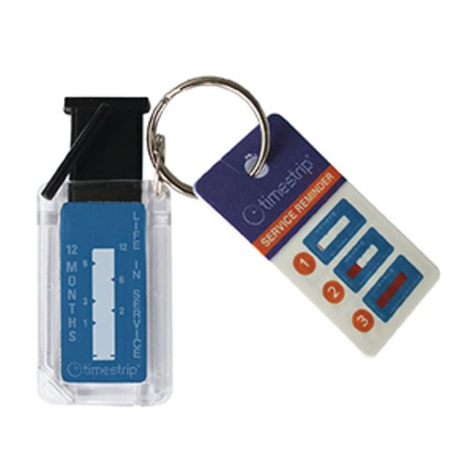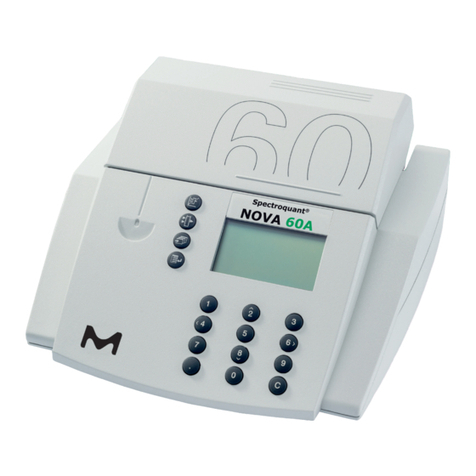
will remove trace levels of hydrocarbon contaminants from your gas stream. However, additional
purification may be required if your gas supply has high contamination levels.
Safety Information
The TALBOYS®Dry Block Heater included with this product is the heat source for the ATIS. This
product operates at temperatures high enough to cause serious burns to the skin. A heat shield
is provided to reduce the risk of getting burned while the ATIS is in use. The temperature of the
heat shield will be approximately half of the set block temperature.
Danger: Do not use the ATIS in the presence of flammable or combustible materials or explosive
gases. Fire or explosion may result, causing death or injury. This device contains electrical
components that may ignite such materials.
Danger: Do not connect the ATIS to any flammable gases i.e., hydrogen. This will create a fire
and/or explosion hazard.
Warning: The ATIS should be placed in a fume hood or have its own ventilation duct when in
use.
Warning: Be careful when working around the ATIS when the block heater temperature is turned
on.
Warning: Do not block the exit port of the pressure relief valve. Doing so could cause pressure
to build in the system that may cause the septum to blow out of the septum holder, or worse
case, cause the glassware to explode. The pressure relief valve will open to relieve the gas
pressure if it exceeds 6psig.
Warning: Before performing any maintenance, turn off the block heater, unplug the electrical
cord, and allow sufficient time to let the block heater to cool down.
In addition to reading this manual, please read the operating manual included with the TALBOYS
Dry Block Heater (follow the instructions for the Standard Dry Block Heater) before using the
ATIS.
Specifications
Dimensions
Requires a 61mm x 61mm (2’ x 2’) space to house the assembled unit.
Power Requirements for the TALBOYS Block Heater
Cat# 28520-U ATIS 120 VAC +/-10% 50/60 Hz, 110 Watts, 0.9 Amps
Cat# 28521-U ATIS 240 VAC +/-10% 50/60 Hz, 110 Watts, 0.5 Amps
Certifications for the TALBOYS Block Heaters
Safety Standards:
IEC 61010-1 Safety requirements for electrical equipment for measurement, control and
laboratory use. Part I: General Requirements.
IEC 61010-2-010 Part II: Particular requirements for laboratory equipment for the heating of
materials.
UL Std.No. 61010-1
EMC standards: EN6100-3-2 EN61000-3-3, EN61000-4-5 FCC-B, EN61000-4-4 EN55022-A,
EN61000-4-2, EN61000-4-3, EN61000-4-11, EN61000-4-6, EN45501
Associated EU guidelines:
EMC directive 89/336/EEC, LVD directive 73/23/EEC
Temperature Range with all the ATIS parts attached:
Slightly above ambient to 150°C (302°F)
Pneumatic Specifications:
Maximum operating pressure 60psig (Suggested operating pressure 25-30psig)
Gas Flow Range:
0-110 mL/min at 25-30 psig
3





























